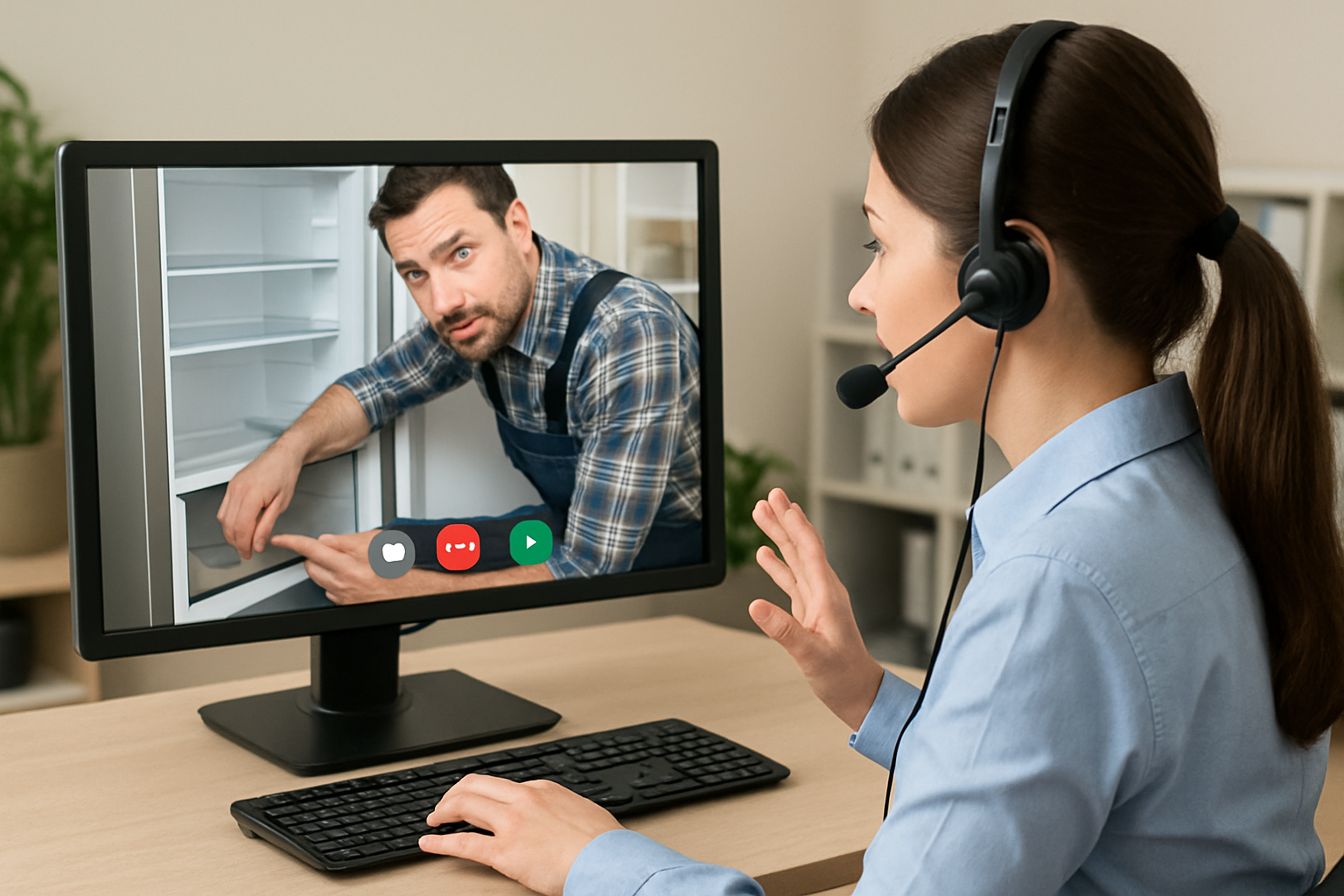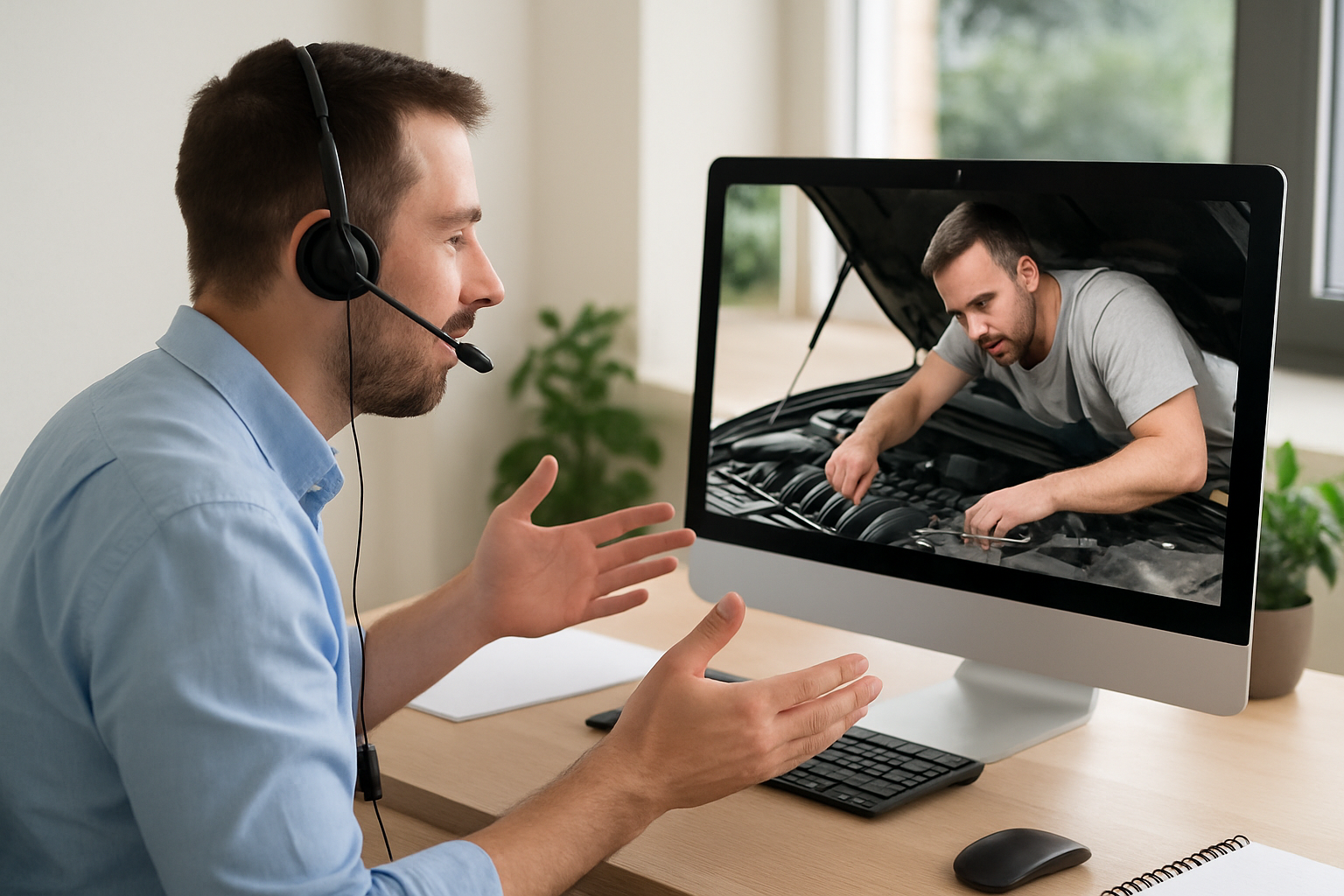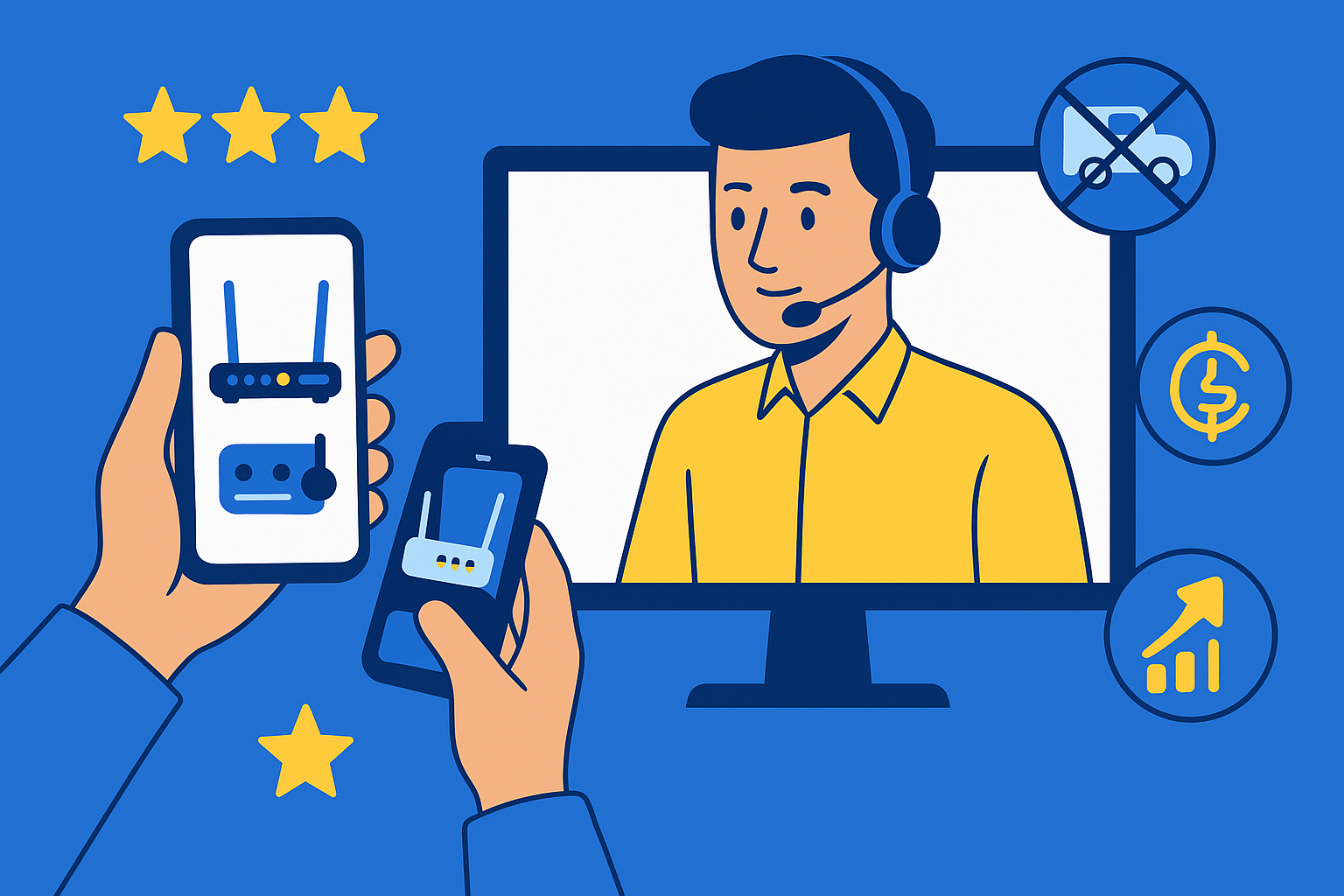Remote Visual Assistance for Contact Centers: How Video, AR & AI Are Redefining Customer Care
In today’s fast-paced world, customers expect instant, effortless solutions. They don’t want to download new apps, wait on hold for 20 minutes, or repeat their issues multiple times. For contact centers, this presents both a challenge and an opportunity: how can you deliver exceptional support while keeping efficiency high?
Enter remote visual assistance—the combination of video, augmented reality (AR), and AI tools designed to empower customer care agents and delight subscribers.
Why Remote Visual Assistance Matters
Traditional phone-based or chat-based support can only go so far. Customers often struggle to describe technical issues over the phone. Miscommunication leads to longer resolution times, repeat calls, frustrated agents, and unhappy subscribers.
Remote visual assistance improves efficiency by allowing agents to see exactly what the customer is seeing—without requiring the customer to download a new app. This direct visual connection enhances understanding, speeds up troubleshooting, and makes interactions feel personal, human, and tailored.

How It Works
- Video Support: Agents connect with customers instantly through a browser or in-app link—no downloads required. They can see the customer’s device or equipment in real time and provide guidance.
- Augmented Reality (AR): AR overlays can highlight buttons, connections, or specific parts of a device, making instructions intuitive and reducing errors.
- AI Assistance: AI can suggest potential solutions based on real-time visuals, providing agents with recommendations to solve issues faster and more accurately.
This combination allows contact centers to resolve problems faster, reduce escalations, and deliver a premium support experience without forcing customers to learn new platforms.
Use Cases Across Industries
Remote visual assistance is not just for telecom companies—its applications span multiple sectors:
- Telecommunications & Internet Providers: Troubleshoot routers, modems, and cable setups without dispatching a technician.
- Home Appliances & Electronics: Guide users through setup or troubleshooting for devices such as washing machines, smart thermostats, or TVs.
- Financial Services & Banking: Visual verification of documents or account setups can reduce errors and improve compliance.
- Healthcare & Telemedicine: Support patients with home devices or explain device use, improving patient outcomes.

No App Download = Instant Adoption
One of the biggest barriers to remote support adoption is the need for customers to download new apps. Remote visual assistance removes this friction—customers simply click a link and start a live session. Faster access means happier customers and fewer abandoned calls.
The Future of Customer Support
As customer expectations evolve, contact centers that rely solely on phone or text support will fall behind. Remote visual assistance is more than a tool—it’s a strategic differentiator. Companies that adopt video, AR, and AI can:
- Solve issues faster and more accurately
- Reduce operational costs and unnecessary field visits
- Improve agent satisfaction and retention
- Deliver a modern, high-touch customer experience that builds loyalty

Take the Next Step
Remote visual assistance is transforming contact centers into customer delight engines. With video, AR, and AI, you can resolve issues faster, reduce frustration, and create meaningful connections with your subscribers—without any app downloads.
Schedule a demo with Blitzz today and see how your contact center can elevate support, empower agents, and deliver exceptional experiences at every interaction.
Review these FAQs
What is remote visual assistance in contact centers?
Remote visual assistance is a support technology that lets agents see a customer’s issue in real time through video, AR overlays, and AI-powered insights. It removes guesswork, shortens troubleshooting time, and delivers a more personalized customer experience.
How does remote visual assistance work without downloading an app?
Customers simply click a secure link sent by the agent, which opens a browser-based video session. The agent can view the customer’s device or equipment instantly, eliminating friction and speeding up support.
What problems does remote visual assistance solve?
It reduces miscommunication, eliminates long back-and-forth explanations, and helps resolve issues faster. It also cuts repeat calls, boosts agent confidence, and improves customer satisfaction.
How does AR improve customer support?
AR overlays allow agents to highlight buttons, ports, or components directly on the customer’s screen. This makes instructions clearer, reduces user error, and turns complex steps into simple, visual guidance.
What role does AI play in remote visual assistance?
AI analyses real-time visuals and suggests likely solutions to the agent. It speeds up decision-making, enhances accuracy, and ensures customers get the right fix the first time.
Which industries can benefit from remote visual assistance?
Telecom, home appliances, electronics, financial services, healthcare, and telemedicine all gain value. Any industry that relies on troubleshooting, verification, or guided setup can adopt it to reduce escalations and improve customer care.
Can remote visual assistance reduce truck rolls or on-site visits?
Yes. By diagnosing issues remotely through video and AR, many problems can be solved without dispatching a technician. This cuts fuel costs, saves time, and increases overall operational efficiency.
How does remote visual assistance improve customer experience?
It provides instant, personalized, human support by letting agents see the exact problem. Customers get faster resolutions, no need to repeat explanations, and zero app downloads—creating a smoother, more delightful interaction.



